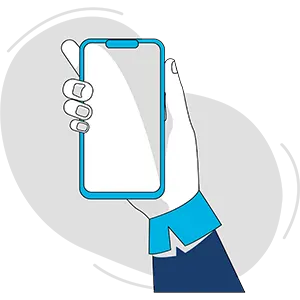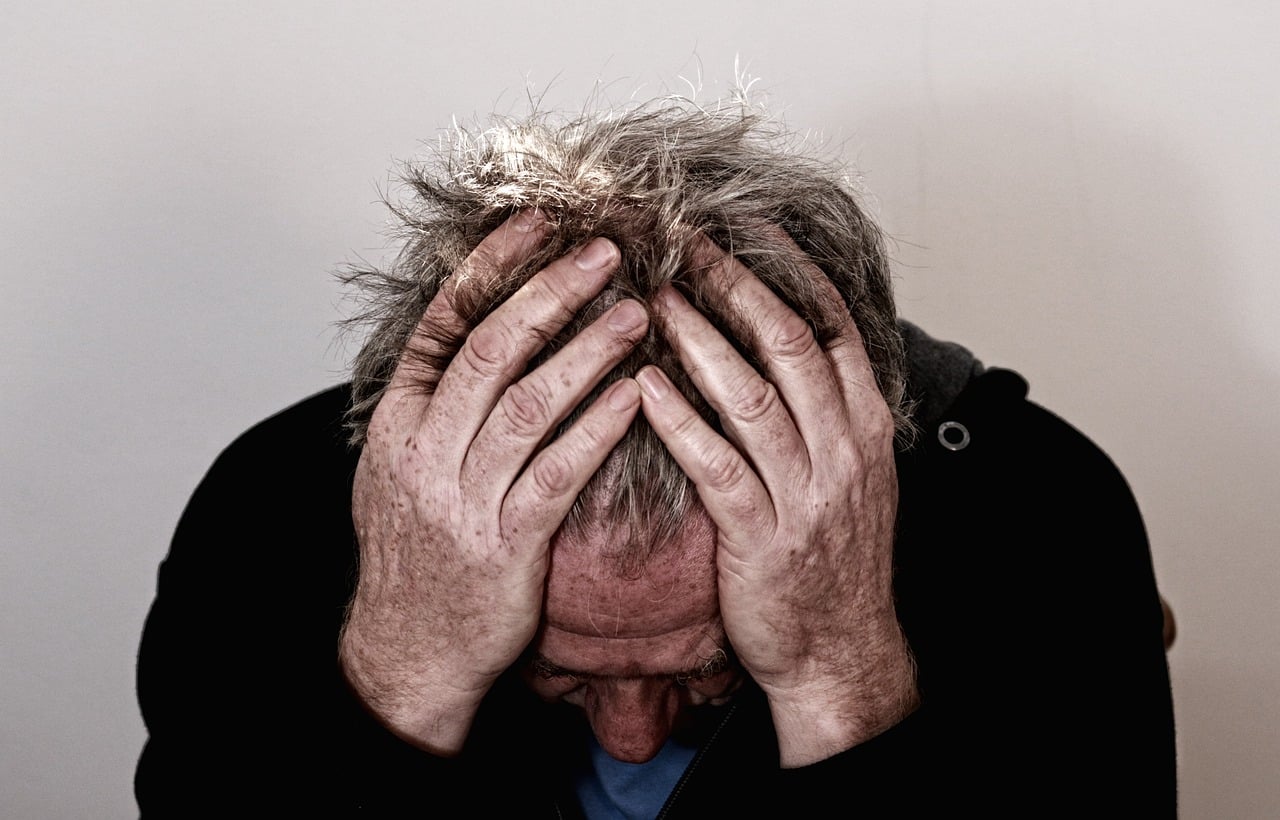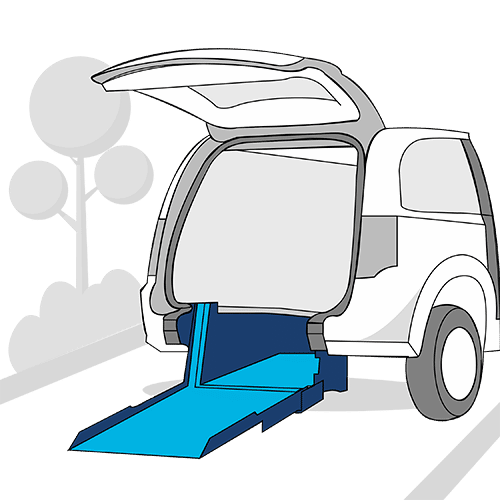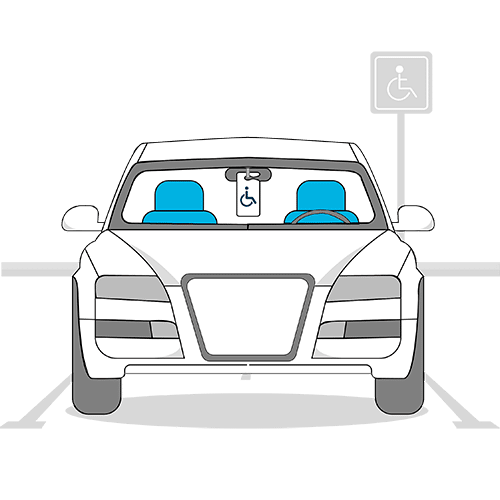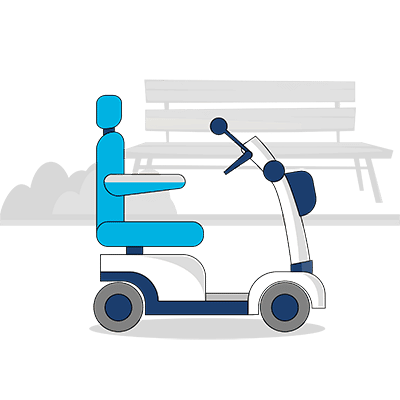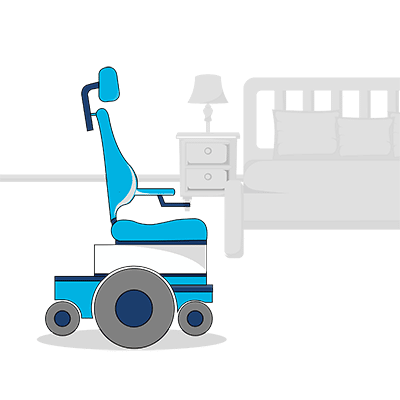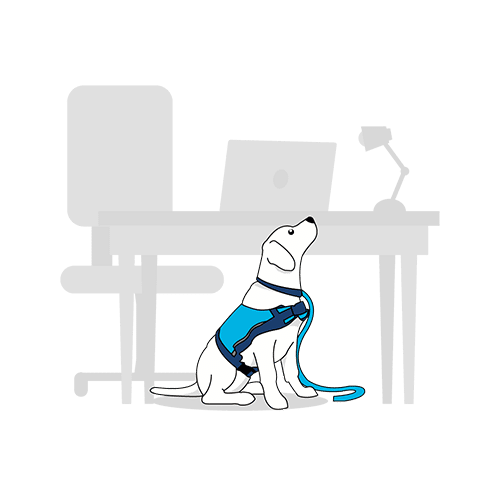Chronic pain is an all-too-common issue in Australia. It is real, it is debilitating, and it affects the lives of millions of Australians. This article covers what chronic pain is and what causes it, how you can cope with it, whether chronic pain is a disability, and which are the best chronic pain books you should read.
According to Statista Research, in 2018 an estimated 3.2 million Australians aged 15 years or older experienced chronic pain (also known as CP to those affected by it). By 2050, the number of people living with CP in Australia was projected to increase to 5.23 million!
In this article…
Unfortunately, access to treatments for chronic pain in Australia remains limited. Many people with chronic pain find their condition is not taken seriously by medical professionals and they’re often prescribed medications that aren’t effective in managing their pain.
What causes CP and how can you cope with it?
The causes of chronic pain are varied and sometimes can be hard to pin down.
Many chronic pain sufferers have medical conditions that are related to or are the cause of their pain. These include conditions like diabetes (read about why it’s important to tell your insurer if you’re driving with diabetes), arthritis, Chron’s, fibromyalgia, irritable bowel syndrome, migraines, cancer, or shingles – to name but a few.
Other causes could be previous trauma or injuries; following a car crash or sports accident, for example.
On top of these causal conditions, chronic pain can sometimes worsen as a result of certain environmental or psychological factors. For instance, some people find their pain is worse in cold weather or when sleeping on a certain mattress.
Chronic pain often affects your mobility, but it may not be obvious to those around you. Especially in the case of chronic pain as an invisible disability. Others might even accuse you of being dramatic or faking things, or not being worthy of accessible parking (we know you jumped through hoops to get a disability parking permit).
All of this can take an emotional toll on top of what you’re already experiencing.

What counts as CP?
Chronic pain isn’t just normal pain. Pretty much everyone feels pain from an injury or illness from time to time. But most of us can normally take comfort in the fact that it’ll go away soon. Unfortunately, that’s not the case with chronic pain.
One person’s definition of what constitutes chronic pain may differ from another. What they’re in agreement about though, is that it refers to a pain that’s ongoing over long periods of time. Over these long periods, chronic pain persists and may even progressively worsen.
Important to know is that, for many sufferers, chronic pain prevents them from completing some (and sometimes all) of their day-to-day activities.
Is chronic pain a disability?
Yes. Chronic pain is a disability that can have a significant impact on a person’s life. It can cause ongoing physical and mental health issues, as well as other difficulties. While it may not be visible to others that doesn’t mean it should be ignored or dismissed.
How does it affect people?
Chronic pain can be defined as pain that persists for a period of more than three months, or beyond the expected healing time for an injury or illness, and it’s a disability that can be caused by a number of factors.
Further, it can affect any part of the body and be experienced in different ways. For some people, the pain is constant and unrelenting, while for others it can come and go.
The effects of chronic pain can be far-reaching, impacting an individual’s physical and mental health. It can make it difficult to perform everyday tasks and can take a toll on a person’s quality of life. It can prevent people from working, or from participating in activities they used to enjoy.
What support is there?
Chronic pain is officially recognised as a disability in Australia, meaning people living with the condition may be eligible for certain forms of support. This includes financial assistance, as well as access to healthcare services and other forms of support. There is a range of services available to help them manage their condition and to help them lead a full and meaningful life.
It’s important for people living with chronic pain to understand that they’re not alone. It’s also important to remember that while chronic pain can be debilitating, it doesn’t have to be overwhelming. With the right support and resources, it’s possible to manage chronic pain as a disability and live a healthy and fulfilling life.
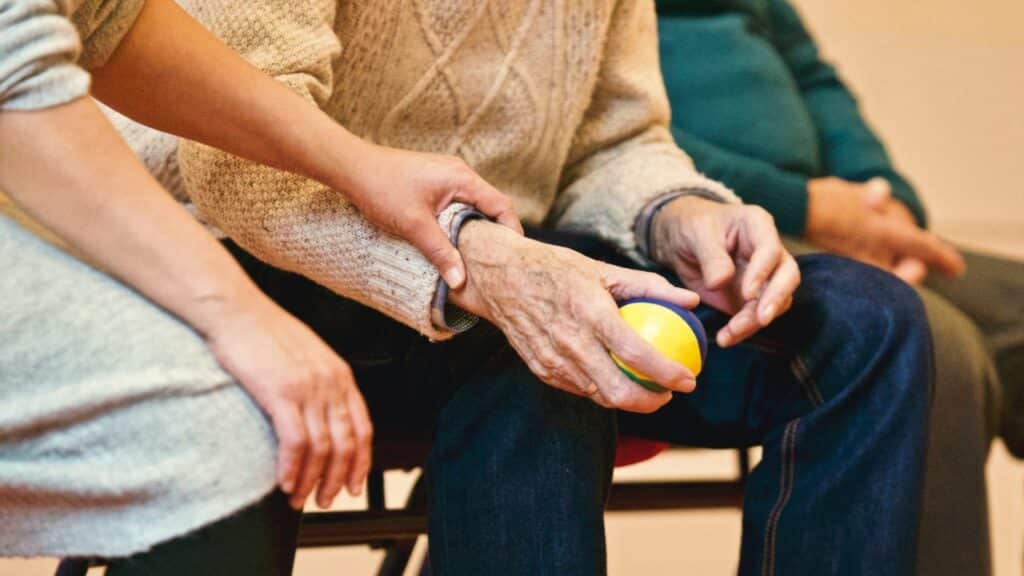
Pain management as a coping mechanism
One of the first ports of call for coping with chronic pain is, of course, pain management. While this has to be carefully applied and monitored, good pain management can lessen your pain to some extent.
What does this mean? Pain management mightn’t result in you living pain-free, but it can help to minimise pain as far as possible.
Pharmacological pain management
There are a variety of treatment options for people with CP, including pharmacological treatment. By this, we mean medicine and drugs designed to help relieve pain and provide some relief from symptoms.
There’s a variety of medications on the market that can be used for the management of CP. The right choice for you will depend on a variety of factors including but not limited to: your type of pain, any other medications you take, what your daily activities entail, and any drug sensitivities. You also need to take on board the experienced advice from your doctor.
Some of the more commonly used drugs include:
- Over-the-counter medication such as paracetamol, ibuprofen, aspirin, and muscle relaxants
- Prescription anti-inflammatory medication
- Antidepressants
- Sedatives
- Opioids
- Anti-anxiety medication
- Acetaminophen
- Migraine medications
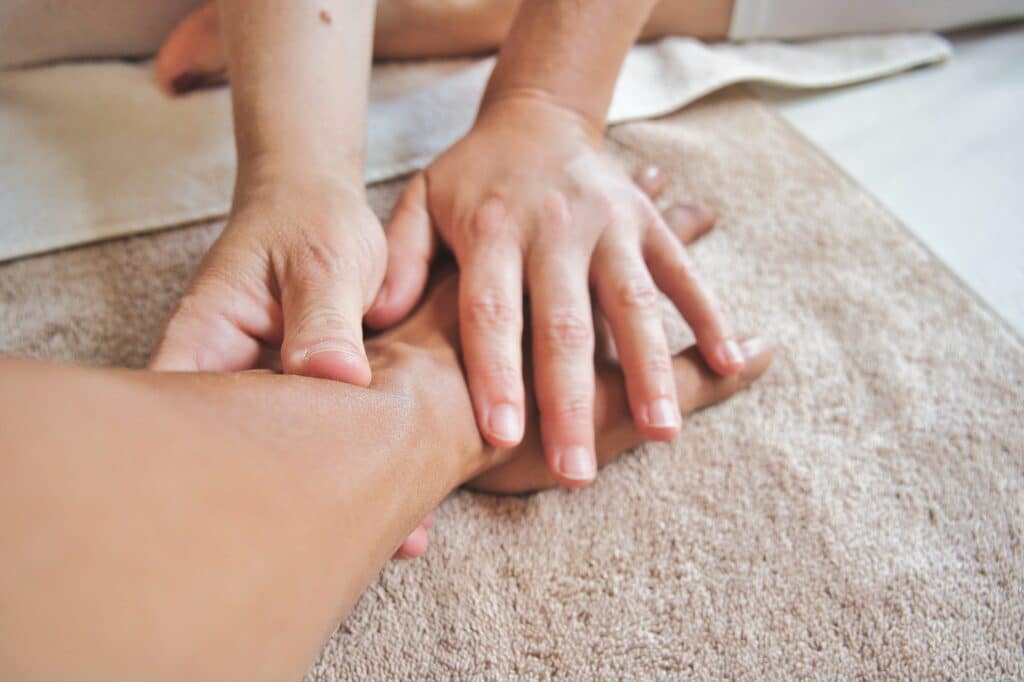
Alternative pain management
Medicine isn’t the only pain management option available to you. You may need to combine pharmacological help with other treatment plans to get the best results.
Or you may decide to head down the alternative-only path. It’s your pain; it’s your decision.
Drug-free pain management options include, but are not limited to:
- Physical therapy
- Treatments such as massage or chiropractic
- Breathing exercises
- CBD oil
- Stress and anxiety management
- Acupuncture
- Nutritional and diet changes
- Exercise
- Psychological treatment
For each individual, the approach needs to be customised and refined until the best results are found.
It’s best to work with a doctor and/or pain management specialist on this, as they can help to reduce your symptoms and help you manage your daily activities as easily as possible.

Tips for coping with CP
There’s no doubt that pain management in its various forms is a key component of living with CP.
However, the fact remains that you have to cope on a daily basis. Step by step… often literally. While this can seem overwhelming, especially on a bad day, there are some strategies you can employ in addition to the above. While they won’t get rid of your pain, they might help you tackle your condition with an altered outlook.
Here are some of our extra tips to help you cope with chronic pain:
1. Track your pain levels
Check your pain levels daily and “check in” with yourself. On good days, this may help you to feel more positive. On bad days, the realisation that a better day with lower pain is around the corner can help you to cope.
2. Avoid external stressors
Reduce your external stressors as much as possible. Stress can cause poor sleep and exacerbate pain. Try to alleviate stress where you can, whether this means carving out some quiet time for yourself each day or hiring a cleaner to help with household chores. Your budget and lifestyle will determine the best way for you to reduce stress.
3. You’re not alone
Join a support group. This could be completely virtual, done via video calls, or in person. Meeting other people in your situation and sharing experiences and advice with one another can help you to cope with your circumstances and feel less alone.
4. Listen to your body
Know your limits. You might find that some days you can do more than others, but knowing where your individual limits lie can make a big difference. Sometimes, it’s tempting to go on an extra walk or spend another hour working at your desk but you could end up regretting it the next day.
Once you know where your body is happiest, you may find yourself coping better with the hurdles that come with your condition.

5. Take care of your mental health
Living with chronic pain can be emotionally draining, so it’s important to take time to nurture yourself and practise self-care.
This can include activities such as journalling, talking to friends, or engaging in hobbies. Additionally, be sure to make time for activities that make you happy.
6. Take care of your physical health
This means exercising regularly, though the type of exercise you choose shouldn’t be too strenuous – perhaps read our article on exercising with limited mobility. It’s well known that exercise can help reduce stress and improve your overall physical health. This can help reduce your pain.
Taking care of your physical health also means getting adequate rest and nutrition. Following your doctor’s recommendations for managing your pain is key too. Talk to them regularly about medications and other treatments that may be available to help manage your pain.
7. Keep your mind active
Pain can make it hard to stay focused, so stay engaged in activities that you enjoy. This can include reading (check out our list of the best chronic pain books below), listening to music, catching up with friends, doing crosswords, or even playing a game. Keeping your mind active can help take your focus off of the pain.

Best chronic pain books
Looking for the best chronic pain books to help you better understand and manage CP? You’re not alone. Millions around the world suffer from CP, and there are lots of helpful books. Here are some of the best chronic pain books for those looking to better work with their condition:
The Pain Companion: Everyday Wisdom for Living with and Moving Beyond Chronic Pain by Sarah Anne Shockley. A great resource for anyone dealing with CP. This is one of the best chronic pain books out there, packed with practical advice and self-care strategies to help you better understand and manage your pain.
Outsmart Your Pain: Mindfulness and Self-Compassion to Help You Leave Chronic Pain Behind by Christiane Wolf. This transformative guide to managing pain is all about “unpacking the pain box” with mindful and self-compassion techniques.
When There Is No Cure: How to Thrive While Living with the Pain and Suffering of Chronic Illness by Craig K Svensson. When life’s journey includes an incurable ailment, Dr. Craig Svensson walks readers through the process of thriving. As a pharmacist-scientist and sufferer of several incurable diseases, he helps patients through the ups and downs of chronic illness. No wonder it made our best chronic pain books list!
How to Be Sick (Second Edition): A Buddhist-Inspired Guide for the Chronically Ill and Their Caregivers by Toni Bernhard. Updated with new insights and practices from Toni’s ongoing life experience, this is a must-read for anyone who’s sick, in pain, or who might one day be.
Furiously Happy by Jenny Lawson. While some may think a memoir about terrible anxiety and crippling depression wouldn’t lift spirits, her off-the-wall humour proves them wrong. She tells funny stories about her life and struggles with chronic illness that show how humour can change the way you think.
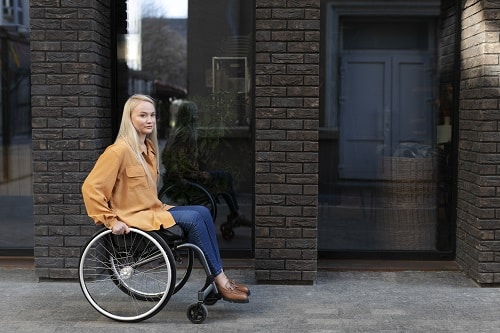
More resources
Living with chronic pain can be a difficult journey, but with the right resources, it doesn’t have to be impossible. The books above and others can help you better understand and manage your CP, and potentially reclaim some of your life.
For more reading material, check out our blog section. Here are some of our latest articles to start with:
- All About Anxiety – a Common Invisible Disability
- Research Advances You Should Know About for Brain Awareness Week
- The NDIS Overhaul: What You Need to Know
- Influential Voices Giving Disability Visibility
- Easy Meals for People Living with Depression
- Neuralink: What Is It and Can It Cure Paralysis and Blindness?
- Disability Art Creators and Organisations Across Australia
- Perry Cross Spinal Research Foundation Seeks a Cure for Paralysis
- Treatment Advances for Motor Neurone Disease: What You Need To Know
- Getting Kids Into Adaptive Sports – What’s Out There?
Need specialised insurance?
Blue Badge Insurance is Australia’s disability insurance specialist. That’s why we know how difficult it can be to get suitable insurance for your wheelchair accessible vehicle or wheelchair insurance, for instance. We want to be part of the solution.
Did you know we offer up to 25% discount on comprehensive disability car insurance premiums? We also do pet insurance and Assistance Dogs insurance. You should check us out, and while you’re at it read our article for more disability discounts that you mightn’t know about.

